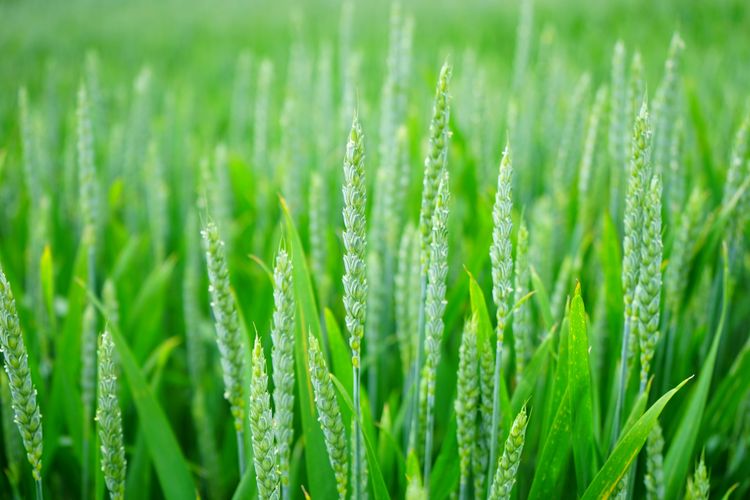Brazil Drought Delays Soybean Planting and Could Hurt Yield
Drought conditions related to a La Nina event are delaying soybean planting in Brazil and could reduce production this season in the world’s biggest producer and exporter of the oilseeds.
Gro’s Drought Index shows severe dryness in the top soybean producing regions of Mato Grosso, Mato Grosso do Sul, and Parana.
Click here to view Gro's Drought Index for Brazil.
The US National Oceanic and Atmospheric Administration (NOAA) has issued a La Nina Advisory, indicating a high chance the disruptive climate conditions could persist in coming months.
Not only is the current dryness giving Brazil’s soybean growing season a late start, but adequate precipitation is needed for germination of the seed. Reduced rainfall throughout the growing season can negatively affect yields. Brazil is already experiencing a very tight domestic bean situation, importing from Paraguay and Uruguay, and delayed planting could push harvest back as well. Delays to soybean plantings can also impact the safrinha, or second, corn crop.
Click here to see Brazil's soybean import trends.
The GFS model has little to no rainfall in its forecast for Mato Grosso and the surrounding areas through Oct. 12, at least a two-week delay to the start of the season. Longer-range models start to promote showers after that date.
Click here to see two-week rain forecasts for Brazil.
Brazil can ill afford a less than perfect soybean crop. With increasing demand from China, and tight domestic supply, every bit of tonnage counts. Gro offers an in-season Brazilian soybean yield model to stay on top of market moving dynamics. As with all of Gro’s yield models, our Brazil soybean yield model updates daily at the district level and offers in-season, near-real-time yield analysis.
This is Gro’s first in a series of La Nina impacts on crop production; stay tuned for future reports.
This insight was powered by the Gro platform, which enables better and faster decisions about factors affecting the entire global agricultural ecosystem. Gro organizes over 40,000 datasets from sources around the world into a unified ontology, which allows users to derive valuable insights such as this one. You can explore the data available on Gro with a free account, or please get in touch if you would like to learn more about a specific crop, region, or business issue.
 Insight
InsightGlobal Wheat Supplies to Rebound After Multi-Year Declines, Gro Predicts
 Blog
BlogAnticipate Climate Impact on Agricultural Supply with Gro Supply Risk Levels
 Insight
InsightUS Egg Prices Jump Amid Deadly Surge in Avian Flu
 Insight
Insight

 Search
Search